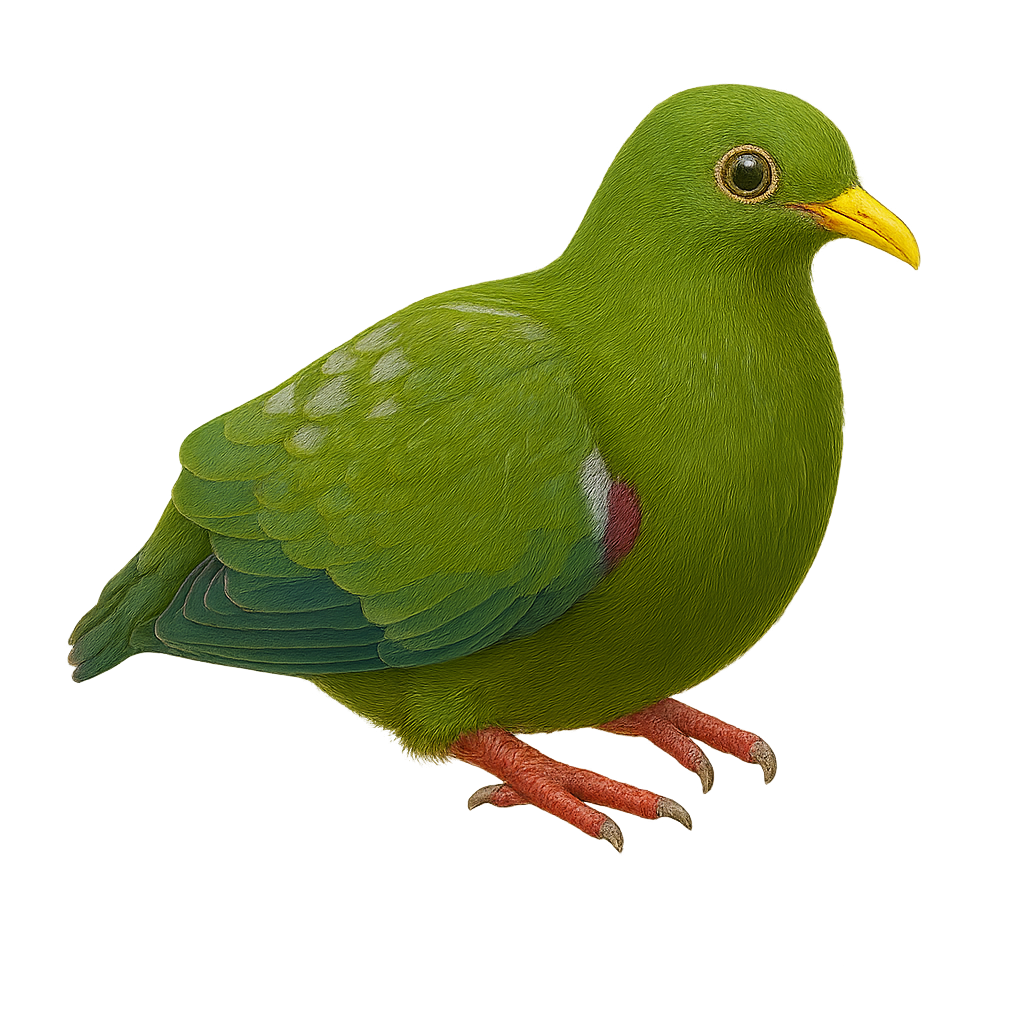Your wildlife photography guide.
Explore the orange-bellied fruit dove in detail, study its behavior, prepare your shots.
Where to observe and photograph the orange-bellied fruit dove in the wild
Learn where and when to spot the orange-bellied fruit dove in the wild, how to identify the species based on distinctive features, and what natural environments it inhabits. The WildlifePhotographer app offers tailored photography tips that reflect the orange-bellied fruit dove’s behavior, helping you capture better wildlife images. Explore the full species profile for key information including description, habitat, active periods, and approach techniques.
Orange-bellied Fruit Dove
Scientific name: Ptilinopus iozonus

IUCN Status: Least Concern
Family: COLUMBIDAE
Group: Birds
Sensitivity to human approach: Suspicious
Minimum approach distance: 5 m
Courtship display: October to November
Incubation: 16-18 jours
Hatchings: October to December
Habitat:
Tropical forests, mangroves, wooded areas
Activity period :
Primarily active during the day, with peak activity in the morning and late afternoon.
Identification and description:
The Orange-bellied Fruit Dove, or Ptilinopus iozonus, is a colorful and fascinating bird primarily found in the rainforests of New Guinea and surrounding islands. This medium-sized pigeon, measuring about 24 cm in length, is easily recognizable by its vibrant plumage. Its bright orange belly contrasts with the vivid green of its wings and back, while its head displays shades of gray and violet. It primarily feeds on fruits, playing a crucial role in seed dispersal. Although often seen alone or in small groups, its discreet behavior sometimes makes it difficult to spot. Its ability to blend into dense foliage is impressive, making it a challenge for birdwatchers and photographers.
Recommended lens:
400 mm – adjust based on distance, desired framing (portrait or habitat), and approach conditions.
Photography tips:
To photograph the Orange-bellied Fruit Dove, it is advisable to use a telephoto lens of at least 400mm to capture detailed images without disturbing the bird. Look for it in tropical forests where it feeds on fruits. Be patient and discreet, as this bird can be suspicious and easily blend into dense foliage. Natural morning or afternoon light is ideal to highlight its vibrant colors. Use a tripod to stabilize your camera and achieve sharp shots.
The WildlifePhotographer App is coming soon!
Be the first to explore the best nature spots, track rutting seasons, log your observations, and observe more wildlife.
Already 1 431 wildlife lovers subscribed worldwide

